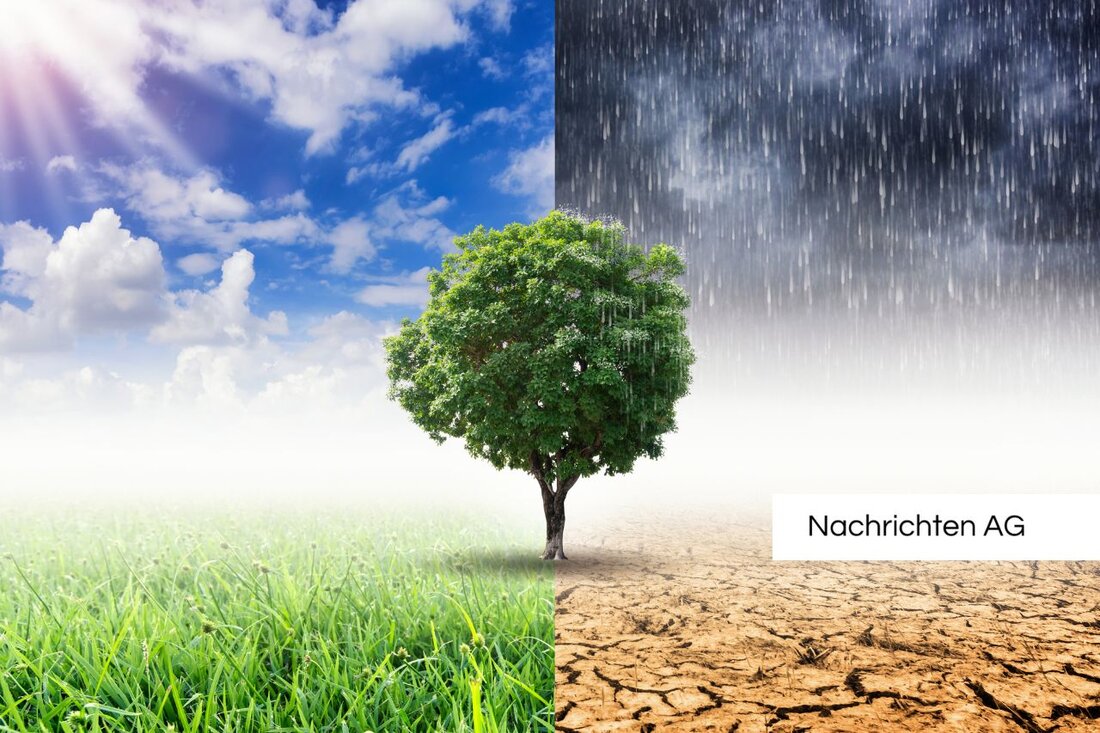Battle for the beech: Hammersbach's forest faces major challenges!
In the Main-Kinzig district, forester Stemmler presents a forestry plan that addresses the challenges facing beech trees in climate change.

Battle for the beech: Hammersbach's forest faces major challenges!
The community forest in Hammersbach is facing an important transition, which will be shaped by the latest developments in the 2026 forestry plan. District forester Sebastian Stemmler presented a pleasing surplus of 6,000 euros to the Environment, Agriculture and Forestry Committee. But the joy about the financial figures is overshadowed by concern for the beech, which remains the problem child in the Hammersbach Forest. The old trees, especially those over 120 years old, suffer greatly from the effects of heat and drought, which calls into question their future as a stable factor in the forest. Stemmler expresses skepticism about the adaptability and stability of beech trees in the next 50 years and recommends cutting down damaged specimens to make room for healthier trees.
“The discussion about the role of beech trees runs through our consultations,” says Stemmler. Other committee members are also concerned, but express the hope that young plants will be able to adapt better to the changed conditions. This deepening into the problem draws parallels to the general findings about beech in climate change. Because, as already mentioned Forest knowledge can be read, the beech remains an important tree species in Central Europe, but is exposed to a certain distribution stress. Climate change has profound effects on populations, and the course of these changes depends largely on future climatic conditions.
Financial planning and measures
According to Stemmler, the main revenue of 210,000 euros in the forest management plan is expected primarily from timber harvesting. However, considerable investments are also planned to equip the forest for the future: around 16,000 euros are earmarked in the plan for protection against damage from wild animals and new plantings. In addition, a sum of 27,500 euros is planned for path maintenance in order to ensure the accessibility and maintenance of the forest areas.
Another important topic is hunting. Hunters in Hammersbach are being asked to hunt roe deer more. In order to protect the young shoots of the trees, the shooting rate was increased by 30 percent. Mayor Michael Göllner makes it clear that this measure does not endanger the continued existence, but the controversial discussion about it shows how important it is to find a good level of wild population for forest health.
The future of beech forests
The challenges facing beech are reflected in the need to make forests more resilient and diverse. The Federal Agency for Nature Conservation emphasizes that in order to deal with the climate crisis, diverse and healthy forests that fulfill their ecological tasks are necessary. Research has also made progress in recent years and is making valuable contributions to improving risk assessment in silvicultural practice. However, it remains clear that further efforts are necessary, in particular to research climate-adapted origins of beech trees and to ensure their long-term development.
In summary, the Hammersbach Forest is not only a place of nature, but also a center of intensive discussions and strategic considerations. The current forestry plan is a step in the right direction to overcome the challenges of climate change and secure the future of beech forests. So while the trees continue to hope for positive development, the preservation of our forests and the protection of their biodiversity remains a central concern for the coming years.

 Suche
Suche
 Mein Konto
Mein Konto